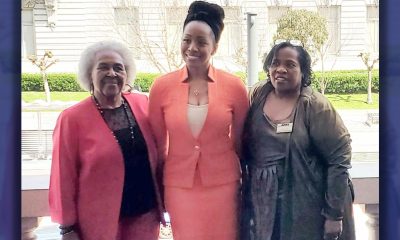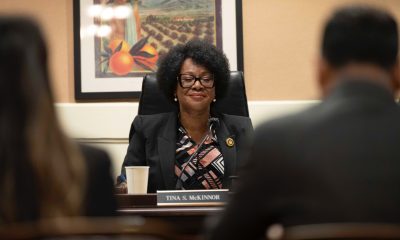Activism
Though Thousands of Miles Away, Tyre Nichols’ Death Affected Oaklanders
Like many other cities nationwide, Oakland was heavily impacted by Tyre Nichols’ death on January 10 in Memphis, Tenn., three days after being brutally beaten by multiple police officers. The officers allegedly pulled Nichols over for reckless driving. What followed was revealed on January 27 when the footage of the body cameras that the officers were wearing was released.
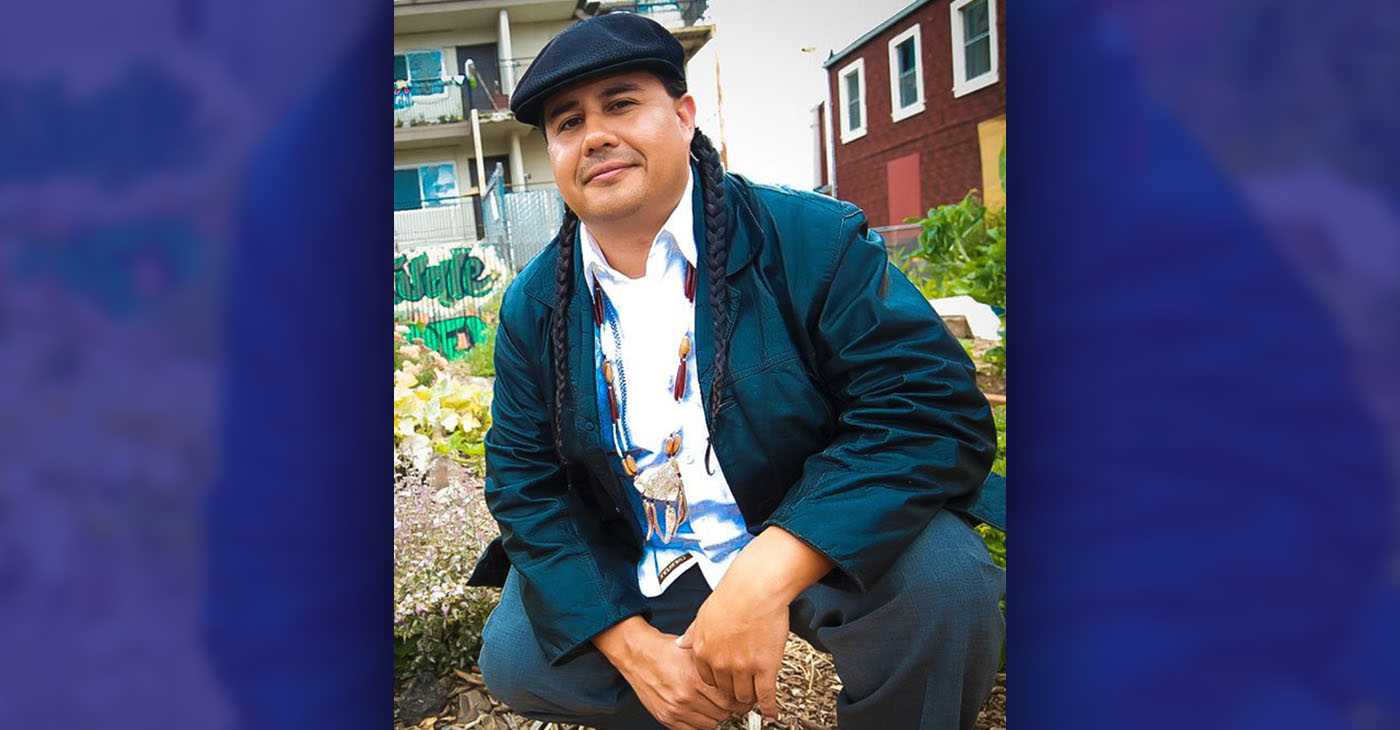
By Daisha Williams
Post News Group Intern
Like many other cities nationwide, Oakland was heavily impacted by Tyre Nichols’ death on January 10 in Memphis, Tenn., three days after being brutally beaten by multiple police officers.
The officers allegedly pulled Nichols over for reckless driving. What followed was revealed on January 27 when the footage of the body cameras that the officers were wearing was released.
The officers first verbally degraded Nichols, who remained calm and respectful. The officers involved originally claimed that Nichols had attempted to run from them; the footage shows this to be false.
Five police officers were charged with Nichols’ murder on January 26. All five of those officers were Black men. One other officer was fired days later, and several more are under investigation.
The Memphis Fire Department also dismissed a lieutenant, and two Emergency Medical Technicians who had been at the scene lost their jobs for failure to administer aid to Nichols.
Oakland has always been an epicenter for social justice and advocacy.
George Galvis is the executive director and co-founder of CURYJ, pronounced “courage,” which stands for Communities United for Restorative Youth Justice.
In response to a question about how the Nichols case affects Oakland communities, he responded “I think it’s important to think that there are many Tyre Nichols’ and while in this particular moment there is righteous outrage, as there should be for the blatant and egregious murder of a young Black man for a fraudulent traffic stop, we have many, many cases here in the Bay Area that we perhaps have more agency over as Oaklanders.”
Galvis also talked about the reputation the Bay Area, and California as a whole has. Although it is liberal in comparison to other places, many people assume that oppression doesn’t exist here.
Nichols’ death reminds Oaklanders of its distant and recent history with police terror and brutality.
In 1966, the Black Panthers were founded here, and one of the main things they fought against was police brutality.
In 2009, Oscar Grant was shot by a BART officer at Fruitvale Station. A BART ride away, multiple San Francisco Police officers shot Mario Woods 41 times in 2015.
Police have killed 64 people in Oakland alone in the past decade, over 60% of those being Black people. (http://www.antievictionmappingproject.net/opd.html) Due to this there have been many events in Oakland in response to Nichol’s death.
On January 29, there was a protest in downtown Oakland organized by the Anti Police-Terror Project. On February 6, there was a rally at Oakland Technical High School led by Youth Vs Apocalypse and CURJ.
Other organizations in Oakland are doing similar things such as the Anti Police Terror Project (ATPT) and the Love Not Blood Campaign.
In an interview about legislation to make police accountable, Cephus “Uncle Bobby” Johnson, the director of the Love Not Blood Campaign, told California Black Media “What happened to Tyre impacted so many in California. It re-traumatized many of the families,” said Johnson. “Many families’ wounds have been reopened. Many families’ hopes that there has been some progress have been totally erased,” continued Johnson.
In hopes of preventing members of the community from hurting more than necessary, the Love Not Blood campaign sent out a letter when the footage of Nichols’ beating was released.
The letter said, “The video of Tyre Nichols is horrific so think in advance about how you may begin to feel, and your thoughts, and make sure that you honor those thoughts and take the steps to cope with the trauma.
“If you do decide to watch the video or consistently listen to the news of Tyre Nichols’ murder be sure to not be alone when watching or listening consistently.”
If you would like to be more involved in Oakland’s fight against police brutality, you can find more information on the websites of any of the organizations mentioned.
Activism
Oakland Post: Week of April 17 – 23, 2024
The printed Weekly Edition of the Oakland Post: Week of April 17 – 23, 2024

To enlarge your view of this issue, use the slider, magnifying glass icon or full page icon in the lower right corner of the browser window. ![]()
Activism
Oakland Schools Honor Fred Korematsu Day of Civil Liberties
Every Jan. 30, OUSD commemorates the legacy of Fred Korematsu, an Oakland native, a Castlemont High School graduate, and a national symbol of resistance, resilience, and justice. His defiant stand against racial injustice and his unwavering commitment to civil rights continue to inspire the local community and the nation. Tuesday was “Fred Korematsu Day of Civil Liberties and the Constitution” in the state of California and a growing number of states across the country.
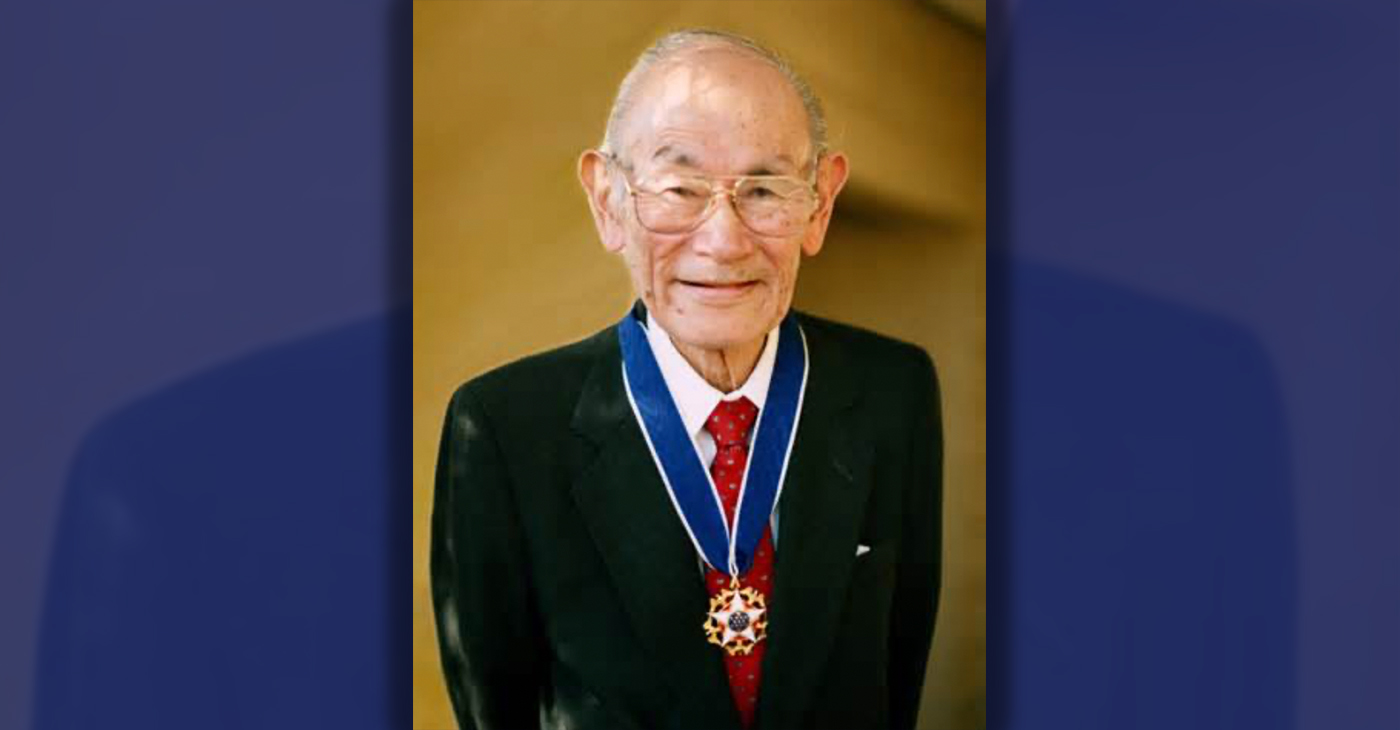
By Post Staff
Every Jan. 30, OUSD commemorates the legacy of Fred Korematsu, an Oakland native, a Castlemont High School graduate, and a national symbol of resistance, resilience, and justice.
His defiant stand against racial injustice and his unwavering commitment to civil rights continue to inspire the local community and the nation. Tuesday was “Fred Korematsu Day of Civil Liberties and the Constitution” in the state of California and a growing number of states across the country.
One OUSD school is named in his honor: Fred T. Korematsu Discovery Academy (KDA) elementary in East Oakland.
Several years ago, founding KDA Principal Charles Wilson, in a video interview with anti-hate organization “Not In Our Town,” said, “We chose the name Fred Korematsu because we really felt like the attributes that he showed in his work are things that the children need to learn … that common people can stand up and make differences in a large number of people’s lives.”
Fred Korematsu was born in Oakland on Jan. 30, 1919. His parents ran a floral nursery business, and his upbringing in Oakland shaped his worldview. His belief in the importance of standing up for your rights and the rights of others, regardless of race or background, was the foundation for his activism against racial prejudice and for the rights of Japanese Americans during World War II.
At the start of the war, Korematsu was turned away from enlisting in the National Guard and the Coast Guard because of his race. He trained as a welder, working at the docks in Oakland, but was fired after the bombing of Pearl Harbor in 1941. Fear and prejudice led to federal Executive Order 9066, which forced more than 120,000 Japanese Americans out of their homes and neighborhoods and into remote internment camps.
The 23-year-old Korematsu resisted the order. He underwent cosmetic surgery and assumed a false identity, choosing freedom over unjust imprisonment. His later arrest and conviction sparked a legal battle that would challenge the foundation of civil liberties in America.
Korematsu’s fight culminated in the Supreme Court’s initial ruling against him in 1944. He spent years in a Utah internment camp with his family, followed by time living in Salt Lake City where he was dogged by racism.
In 1976, President Gerald Ford overturned Executive Order 9066. Seven years later, the 9th Circuit Court of Appeals in San Francisco vacated Korematsu’s conviction. He said in court, “I would like to see the government admit that they were wrong and do something about it so this will never happen again to any American citizen of any race, creed, or color.”
Korematsu’s dedication and determination established him as a national icon of civil rights and social justice. He advocated for justice with Rosa Parks. In 1998, President Bill Clinton gave him the Presidential Medal of Freedom saying, “In the long history of our country’s constant search for justice, some names of ordinary citizens stand for millions of souls … To that distinguished list, today we add the name of Fred Korematsu.”
After Sept. 11, 2001, Korematsu spoke out against hatred and discrimination, saying what happened to Japanese Americans should not happen to people of Middle Eastern descent.
Korematsu’s roots in Oakland and his education in OUSD are a source of great pride for the city, according to the school district. His most famous quote, which is on the Korematsu elementary school mural, is as relevant now as ever, “If you have the feeling that something is wrong, don’t be afraid to speak up.”
Activism
WOMEN IMPACTING THE CHURCH AND COMMUNITY
Juanita Matthews, better known as “Sister Teacher,” is a walking Bible scholar. She moved to California from the great state of Arkansas in 1971. Sister Teacher has a passion for teaching. She has been a member of Bible Fellowship Missionary Baptist Church since 1971.
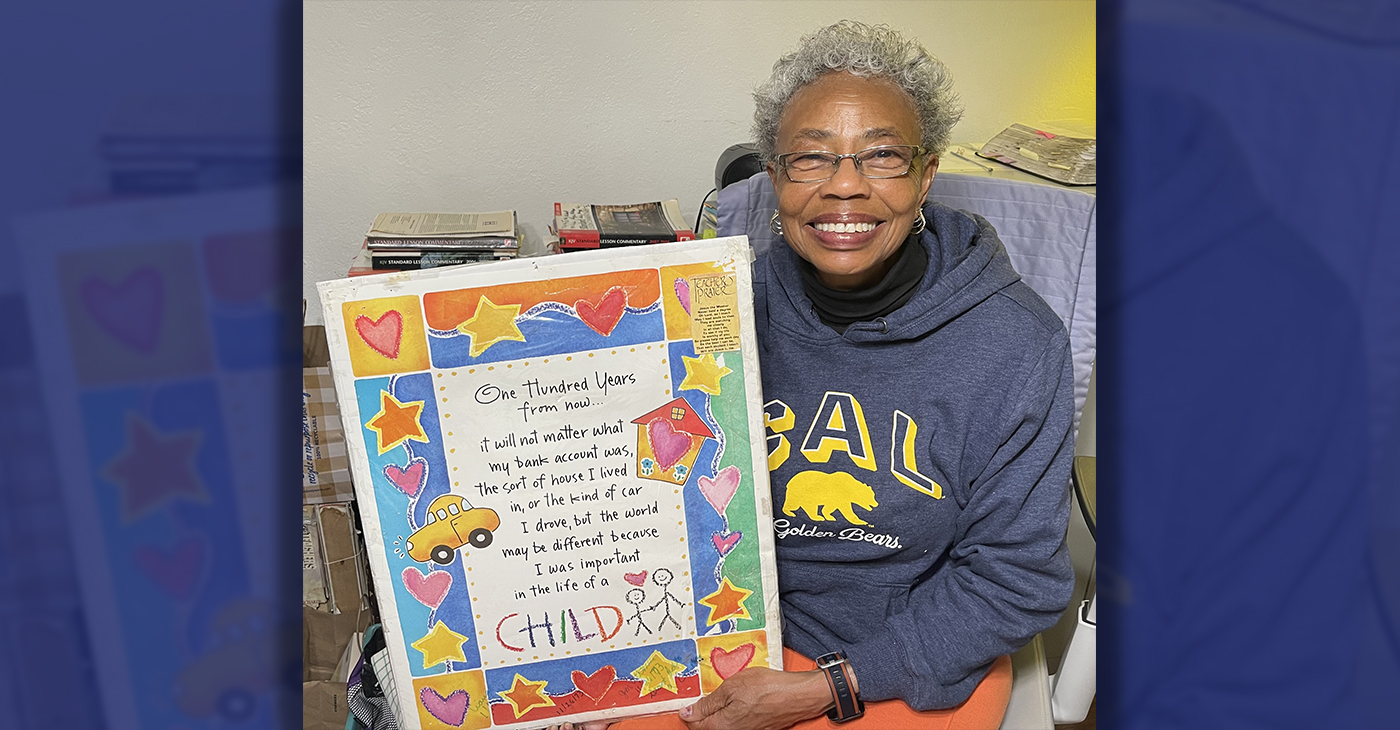
Sister Juanita Matthews
55 Years with Oakland Public School District
The Teacher, Mother, Community Outreach Champion, And Child of God
Juanita Matthews, better known as “Sister Teacher,” is a walking Bible scholar. She moved to California from the great state of Arkansas in 1971. Sister Teacher has a passion for teaching. She has been a member of Bible Fellowship Missionary Baptist Church since 1971. She followed her passion for teaching, and in 1977 became the lead teacher for Adult Class #6. Her motto still today is “Once My Student, Always My Student”.
Beyond her remarkable love for the Lord, Sister Teacher has showcased her love for teaching by working for the Oakland Unified School District for 55 years, all but four of those years spent at Emerson Elementary and Child Development School. She truly cares about her students, making sure they have the tools/supplies needed to learn either at OUSD or Bible Fellowship Missionary Baptist Church.
She’s also had a “Clothes Closet Ministry” for 51 years, making sure her students have sufficient clothing for school. The Clothes Closet Ministry extends past her students, she has been clothing the community for over 50 years as well. She loves the Lord and is a servant on a mission. She is a loving mother to two beautiful children, Sandra and Andre. This is the impact this woman of God has on her church and the community.
-

 Activism4 weeks ago
Activism4 weeks agoOakland Post: Week of March 27 – April 2, 2024
-

 #NNPA BlackPress4 weeks ago
#NNPA BlackPress4 weeks agoFrom Raids to Revelations: The Dark Turn in Sean ‘Diddy’ Combs’ Saga
-

 #NNPA BlackPress4 weeks ago
#NNPA BlackPress4 weeks agoCOMMENTARY: D.C. Crime Bill Fails to Address Root Causes of Violence and Incarceration
-

 #NNPA BlackPress4 weeks ago
#NNPA BlackPress4 weeks agoCOMMENTARY: Lady Day and The Lights!
-

 #NNPA BlackPress4 weeks ago
#NNPA BlackPress4 weeks agoMayor, City Council President React to May 31 Closing of Birmingham-Southern College
-

 #NNPA BlackPress4 weeks ago
#NNPA BlackPress4 weeks agoBaltimore Key Bridge Catastrophe: A City’s Heartbreak and a Nation’s Alarm
-

 #NNPA BlackPress4 weeks ago
#NNPA BlackPress4 weeks agoBaltimore’s Key Bridge Struck by Ship, Collapses into Water
-

 #NNPA BlackPress4 weeks ago
#NNPA BlackPress4 weeks agoBeloved Actor and Activist Louis Cameron Gossett Jr. Dies at 87

